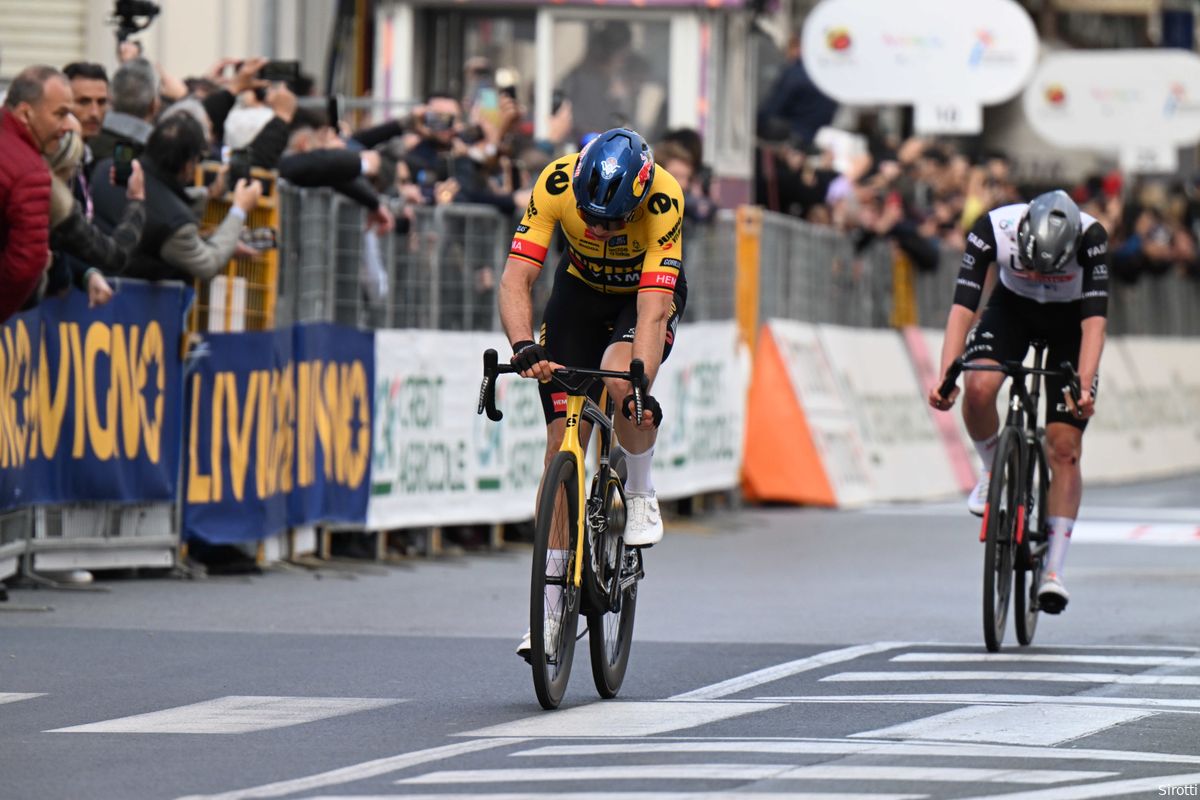The Rise of U.S. Riders in the Tour de France
The Tour de France, one of the most prestigious cycling events in the world, has witnessed a significant increase in participation from U.S. riders over the years. American cyclists have made a name for themselves in the competition, achieving remarkable success and leaving a lasting impact on the sport. Notable U.S. riders such as Greg LeMond, Lance Armstrong, and Levi Leipheimer have all made their mark on the Tour de France, inspiring a new generation of American cyclists to follow in their footsteps.
The growing presence of U.S. riders in the Tour de France can be attributed to a combination of factors, including advances in training methods, improved infrastructure, and increased investment in cycling programs. The United States has a rich cycling culture, with a strong network of clubs, teams, and events that provide opportunities for riders to develop their skills and compete at the highest level.
U.S. riders have consistently demonstrated their ability to compete with the best in the world, with several American cyclists finishing in the top 10 of the Tour de France general classification in recent years. This success has not only boosted the profile of American cycling but also inspired a new wave of young riders to take up the sport.
The impact of U.S. riders on the Tour de France extends beyond their on-road performances. American cyclists have also played a significant role in shaping the sport, with many contributing to the development of new technologies, training methods, and racing strategies. The influence of U.S. riders can be seen in the growing popularity of cycling in the United States, with more people than ever before taking up the sport and following the Tour de France.
As the Tour de France continues to evolve, it is likely that U.S. riders will remain a dominant force in the competition. With a strong pipeline of talented young riders and a continued investment in cycling programs, the future looks bright for American cycling. Whether it’s competing for the yellow jersey or inspiring the next generation of riders, U.S. cyclists are sure to play a significant role in the Tour de France for years to come.
How to Succeed in the Tour de France: Lessons from Top U.S. Riders
Success in the Tour de France requires a combination of physical conditioning, mental toughness, and strategic teamwork. Top U.S. riders have consistently demonstrated these qualities, and their experiences offer valuable lessons for aspiring cyclists. By analyzing the strategies and training methods employed by successful American riders, we can gain insight into the key factors that contribute to success in the Tour de France.
One of the most important factors is physical conditioning. U.S. riders such as Greg LeMond and Lance Armstrong have emphasized the importance of building a strong aerobic base, which enables riders to maintain a high pace over long distances. This is achieved through a combination of endurance training, strength training, and high-intensity interval training. Additionally, riders must also focus on developing their anaerobic capacity, which allows them to sprint and climb with power.
Mental toughness is another critical factor in success in the Tour de France. U.S. riders have consistently demonstrated their ability to push through pain and adversity, and to maintain a positive mindset even in the face of challenging circumstances. This is achieved through a combination of mental preparation, self-discipline, and experience. Riders must also be able to manage their emotions and stay focused under pressure, which requires a high level of emotional intelligence.
Teamwork is also essential for success in the Tour de France. U.S. riders have often credited their teammates with playing a crucial role in their success, providing support and encouragement throughout the competition. This includes working together to achieve strategic objectives, such as protecting the team leader or launching a successful attack. By working together as a cohesive unit, riders can achieve far more than they could alone.
Finally, U.S. riders have also emphasized the importance of experience and adaptability in the Tour de France. Riders must be able to adapt to changing circumstances, such as weather conditions or course terrain, and to adjust their strategy accordingly. This requires a high level of situational awareness and the ability to think on one’s feet. By combining physical conditioning, mental toughness, teamwork, and experience, U.S. riders have been able to achieve great success in the Tour de France.
As the Tour de France continues to evolve, it is likely that U.S. riders will remain a dominant force in the competition. By learning from the experiences of top American riders, aspiring cyclists can gain valuable insights into the key factors that contribute to success in the Tour de France. Whether it’s building physical conditioning, developing mental toughness, or working together as a team, U.S. riders have consistently demonstrated the qualities required to succeed at the highest level.
Greg LeMond: A Pioneer for U.S. Riders in the Tour de France
Greg LeMond is a name synonymous with American cycling, and his legacy continues to inspire a new generation of U.S. riders in the Tour de France. As the first American to win the Tour de France, LeMond’s achievements paved the way for future generations of American cyclists to compete at the highest level.
LeMond’s career was marked by a series of impressive victories, including three Tour de France titles and two World Championships. His success was not limited to his on-road performances, as he also played a significant role in popularizing cycling in the United States. LeMond’s charisma and personality helped to bring cycling into the mainstream, and his influence can still be seen in the sport today.
One of LeMond’s most significant contributions to American cycling was his role in establishing the United States as a major player in the Tour de France. Prior to LeMond’s victory in 1986, American riders had struggled to make an impact in the competition. However, LeMond’s success helped to raise the profile of American cycling, and paved the way for future generations of U.S. riders to compete at the highest level.
LeMond’s legacy extends beyond his on-road performances, as he has also been a vocal advocate for cycling safety and anti-doping measures. His commitment to clean cycling has helped to raise awareness about the importance of fair play and sportsmanship in the sport.
Today, LeMond remains involved in the cycling community, and continues to inspire a new generation of U.S. riders. His legacy serves as a reminder of the power of hard work, dedication, and perseverance, and his influence can still be seen in the sport today. As the Tour de France continues to evolve, LeMond’s contributions to American cycling will always be remembered as a pivotal moment in the sport’s history.
LeMond’s impact on the Tour de France can be seen in the success of future generations of U.S. riders. Riders such as Lance Armstrong and Levi Leipheimer have followed in LeMond’s footsteps, achieving great success in the competition. The continued presence of U.S. riders in the Tour de France is a testament to LeMond’s enduring legacy, and his influence will continue to be felt for years to come.
Lance Armstrong: A Complex Legacy in the Tour de France
Lance Armstrong is one of the most iconic and polarizing figures in the history of the Tour de France. As a seven-time winner of the competition, Armstrong’s achievements on the bike are undeniable. However, his legacy is also marred by controversy, including a high-profile doping scandal that led to his downfall.
Armstrong’s rise to fame in the late 1990s and early 2000s was nothing short of meteoric. He won seven consecutive Tour de France titles from 1999 to 2005, and his dominance of the sport was unprecedented. However, his success was also accompanied by rumors of doping, which ultimately led to a thorough investigation by the United States Anti-Doping Agency (USADA).
In 2012, the USADA released a damning report that implicated Armstrong in a widespread doping conspiracy. The report alleged that Armstrong had used performance-enhancing drugs throughout his career, and that he had also intimidated and coerced teammates into participating in the doping scheme. Armstrong initially denied the allegations, but eventually admitted to doping in a televised interview with Oprah Winfrey in 2013.
The fallout from the doping scandal was severe. Armstrong was stripped of his Tour de France titles, and he was banned from competition for life. The scandal also had a profound impact on the sport of cycling, leading to a renewed focus on anti-doping measures and a re-evaluation of the sport’s values.
Despite the controversy surrounding his career, Armstrong’s legacy continues to be felt in the world of cycling. His Livestrong Foundation, which he founded in 1997, has raised millions of dollars for cancer research and awareness. Armstrong’s personal story, which includes a battle with testicular cancer, has also inspired countless people around the world.
However, Armstrong’s impact on the Tour de France is more complex. While he undoubtedly brought attention and excitement to the sport, his doping scandal also damaged the reputation of the competition and led to a loss of trust among fans. As the Tour de France continues to evolve, it is clear that Armstrong’s legacy will remain a topic of debate and discussion for years to come.
Today, Armstrong’s influence on the sport of cycling is still felt, albeit in a more nuanced way. While he is no longer a dominant force in the sport, his legacy continues to shape the way that cyclists approach the Tour de France. As the competition continues to evolve, it is clear that Armstrong’s impact will be felt for generations to come.
Current U.S. Riders to Watch in the Tour de France
The Tour de France has a long history of showcasing the talents of American cyclists, and the current crop of U.S. riders is no exception. From seasoned veterans to up-and-coming stars, there are several American riders who are making a name for themselves in the competition.
One of the most promising young American riders is Sepp Kuss. A member of the Jumbo-Visma team, Kuss has already shown his potential with a string of impressive performances in the Tour de France. With his strong climbing abilities and aggressive riding style, Kuss is definitely one to watch in the future.
Another American rider who is making waves in the Tour de France is Neilson Powless. A member of the EF Education First team, Powless has already demonstrated his ability to compete with the best in the world. With his strong all-around skills and aggressive riding style, Powless is a rider who could make a big impact in the Tour de France.
Tejay van Garderen is another experienced American rider who is always a contender in the Tour de France. A member of the EF Education First team, van Garderen has a strong track record in the competition and is known for his ability to perform well in the mountains. With his experience and skill, van Garderen is always a rider to watch in the Tour de France.
Finally, there is also a new generation of American riders who are just starting to make their mark in the Tour de France. Riders like Brandon McNulty and Quinn Simmons are already showing their potential and could be the future stars of American cycling.
These are just a few examples of the many talented American riders who are competing in the Tour de France. With their skills, experience, and determination, these riders are helping to ensure that the United States remains a major force in the world of professional cycling.
As the Tour de France continues to evolve, it will be interesting to see how these American riders perform in the competition. With their talent and dedication, they are sure to make a big impact in the world of cycling.
Overcoming Challenges: U.S. Riders’ Experiences in the Tour de France
The Tour de France is one of the most demanding sporting events in the world, and U.S. riders have faced their fair share of challenges in the competition. From injuries and setbacks to tough competition and grueling terrain, American riders have had to overcome numerous obstacles to succeed in the Tour de France.
One of the most significant challenges faced by U.S. riders is the physical toll of the competition. The Tour de France is a three-week event that covers over 2,000 miles of grueling terrain, including mountains, valleys, and time trials. Riders must be in top physical condition to compete, and even then, injuries and setbacks can occur.
Despite these challenges, U.S. riders have consistently demonstrated their ability to overcome adversity and succeed in the Tour de France. Riders like Greg LeMond and Lance Armstrong have overcome serious injuries and setbacks to win the competition, while others like Levi Leipheimer and Tejay van Garderen have used their mental toughness and physical resilience to achieve top-10 finishes.
So what sets U.S. riders apart from their competitors? According to many experts, it is their mental toughness and ability to overcome adversity. American riders have a reputation for being fiercely competitive and determined, and this mindset has served them well in the Tour de France.
In addition to their mental toughness, U.S. riders have also benefited from advances in training and technology. Modern training methods and equipment have allowed riders to optimize their performance and reduce their risk of injury, giving them a competitive edge in the Tour de France.
Finally, the support of the American cycling community has also played a significant role in the success of U.S. riders in the Tour de France. From grassroots development programs to professional teams and sponsors, the American cycling community has provided a strong foundation for riders to develop their skills and compete at the highest level.
As the Tour de France continues to evolve, it will be interesting to see how U.S. riders adapt to the changing landscape of professional cycling. With their mental toughness, physical resilience, and strong support system, American riders are well-positioned to continue their success in the competition.
The Future of American Cycling: Developing the Next Generation of Tour de France Riders
The success of American riders in the Tour de France is not just a result of individual talent, but also a testament to the strength of the country’s cycling development programs. From grassroots initiatives to professional teams, the United States has a robust system in place to identify, develop, and support young cyclists.
One of the key initiatives driving the growth of American cycling is the USA Cycling Development Program. This program provides young riders with access to top-level coaching, training, and competition, helping them to develop the skills and experience needed to succeed in the Tour de France.
In addition to the USA Cycling Development Program, there are also several other initiatives and organizations working to develop young American cyclists. These include the National Interscholastic Cycling Association (NICA), which provides opportunities for high school students to compete in mountain biking, and the USA Cycling Collegiate Program, which supports college-age riders as they transition to professional cycling.
Professional teams also play a critical role in the development of young American cyclists. Teams like EF Education First and Trek-Segafredo have established development programs that provide young riders with the opportunity to compete at the highest level and gain valuable experience.
Grassroots development is also essential for the growth of American cycling. Local bike clubs, community programs, and cycling events all play a critical role in introducing young people to the sport and providing them with the opportunity to develop their skills.
As the Tour de France continues to evolve, it is likely that American riders will remain a dominant force in the competition. With a strong system in place to develop and support young cyclists, the United States is well-positioned to produce the next generation of Tour de France winners.
However, the development of young American cyclists is not without its challenges. One of the biggest obstacles facing young riders is the lack of funding and support. Many young cyclists struggle to access the resources and opportunities they need to develop their skills and compete at the highest level.
Despite these challenges, the future of American cycling looks bright. With a strong system in place to develop and support young cyclists, the United States is well-positioned to produce the next generation of Tour de France winners.
What’s Next for U.S. Riders in the Tour de France?
The Tour de France is an ever-evolving competition, and the landscape of professional cycling is constantly changing. As the sport continues to grow and develop, it’s natural to wonder what the future holds for U.S. riders in the Tour de France.
One thing is certain: the competition will only get tougher. The Tour de France is one of the most demanding sporting events in the world, and the field of competitors is always deep and talented. However, U.S. riders have consistently shown that they have the talent, determination, and resilience to compete at the highest level.
So, who are the potential winners and contenders for the future? Riders like Sepp Kuss, Neilson Powless, and Brandon McNulty are already making a name for themselves in the Tour de France, and they have the potential to become top contenders in the years to come.
Another factor that will impact the future of U.S. riders in the Tour de France is the evolving landscape of professional cycling. The sport is becoming increasingly global, with riders from all over the world competing at the highest level. This means that U.S. riders will face stiff competition from riders from other countries, but it also presents opportunities for American riders to compete and succeed on the world stage.
Finally, the growth of women’s cycling will also have an impact on the future of U.S. riders in the Tour de France. As women’s cycling continues to grow and develop, it’s likely that we’ll see more American women competing in the Tour de France and other major cycling events.
Overall, the future of U.S. riders in the Tour de France is bright. With a strong system in place to develop and support young cyclists, a growing pool of talented riders, and a commitment to competing at the highest level, American riders are well-positioned to continue their success in the competition.
As the Tour de France continues to evolve, it will be exciting to see how U.S. riders adapt and succeed in the competition. With their talent, determination, and resilience, American riders are sure to remain a dominant force in the Tour de France for years to come.


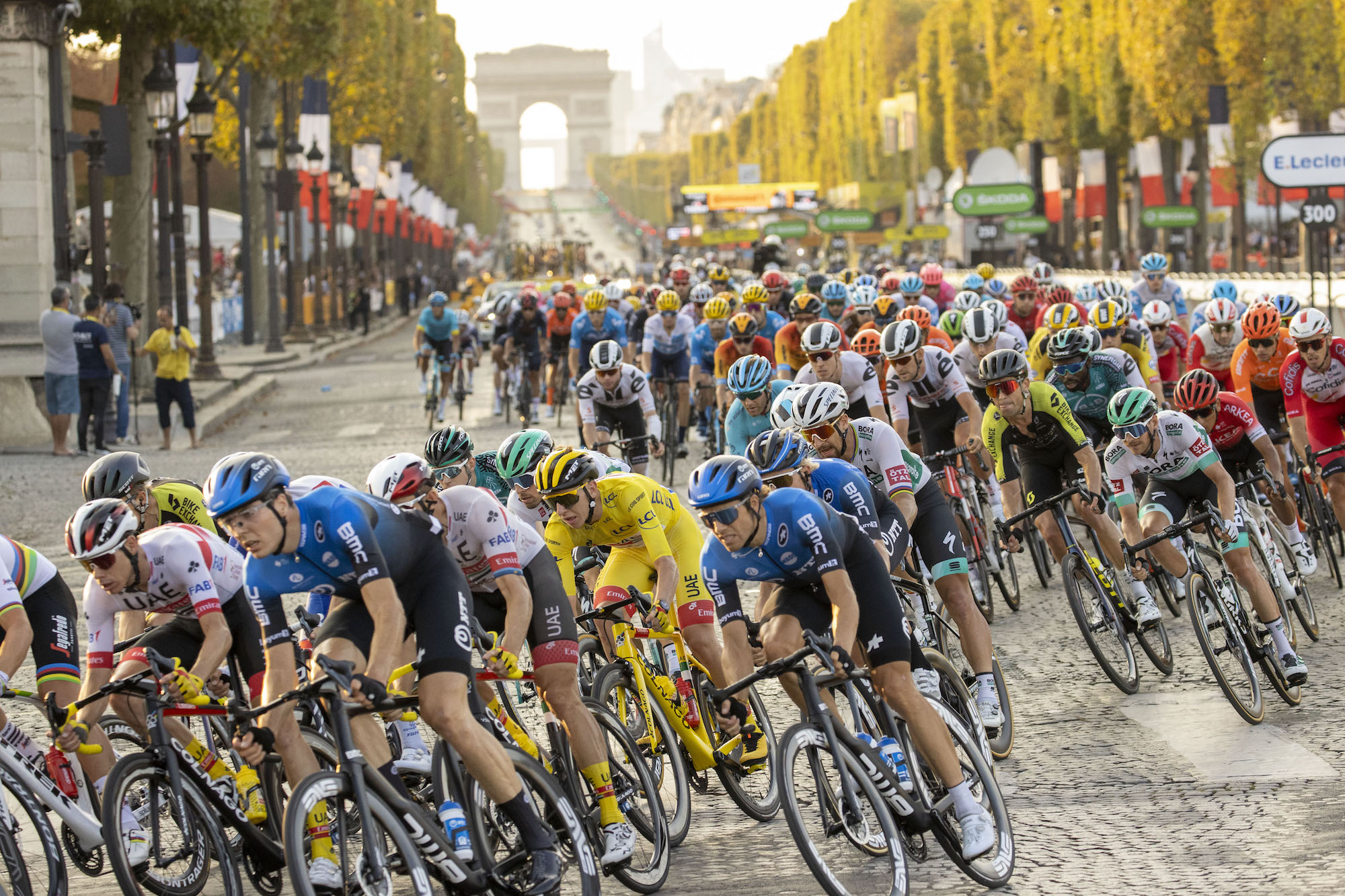

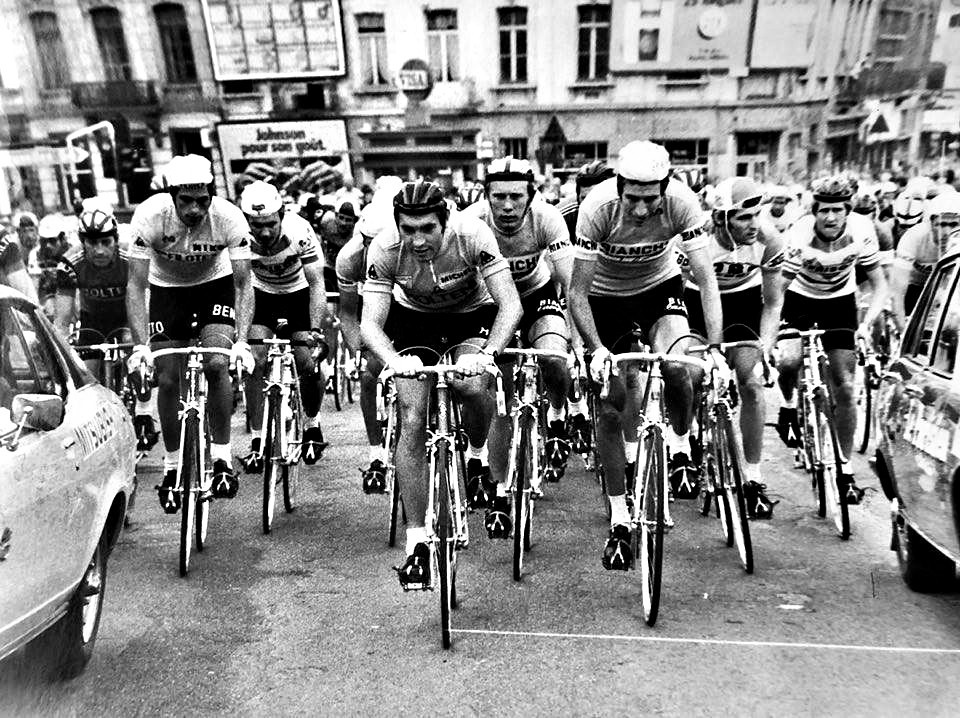
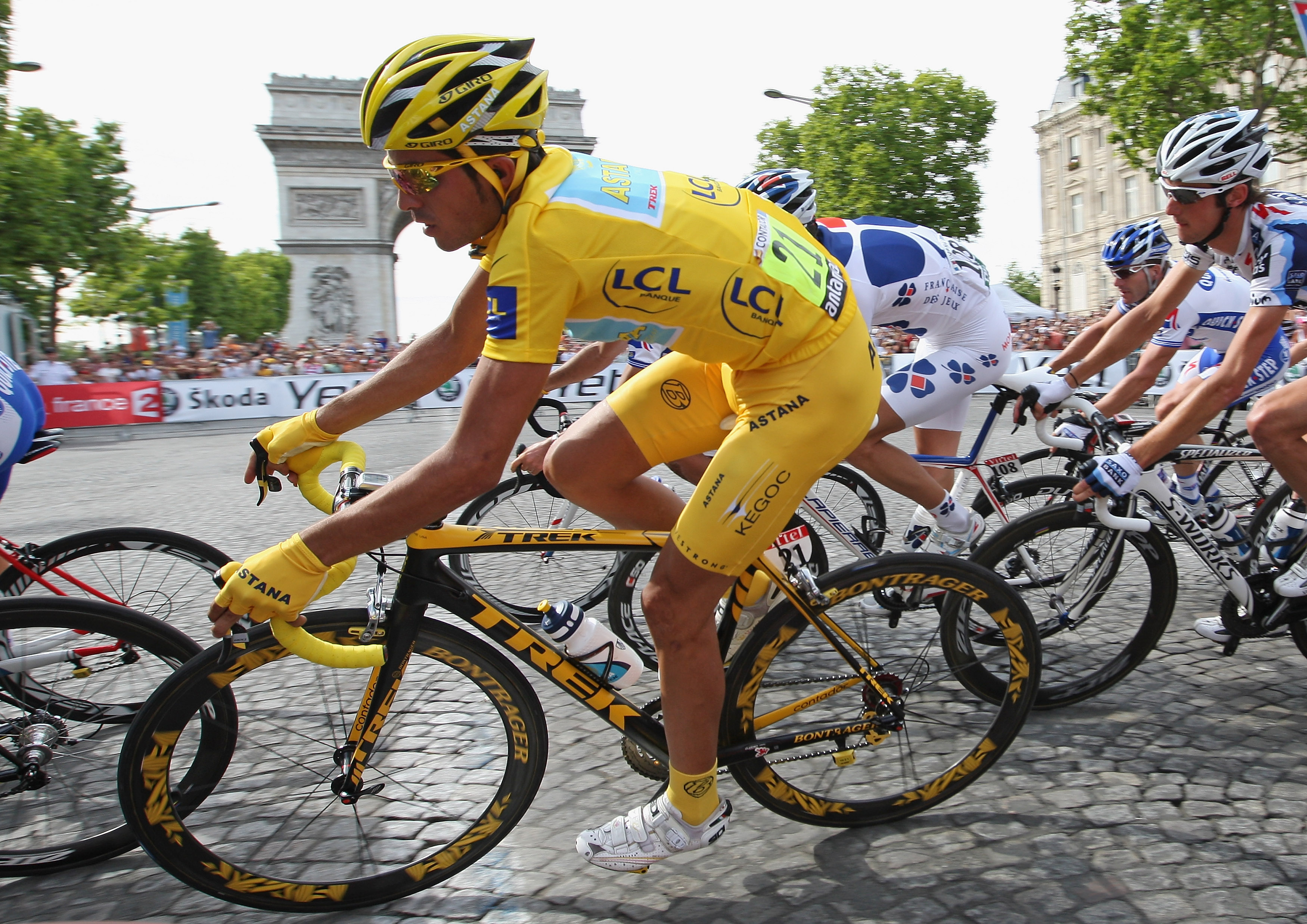
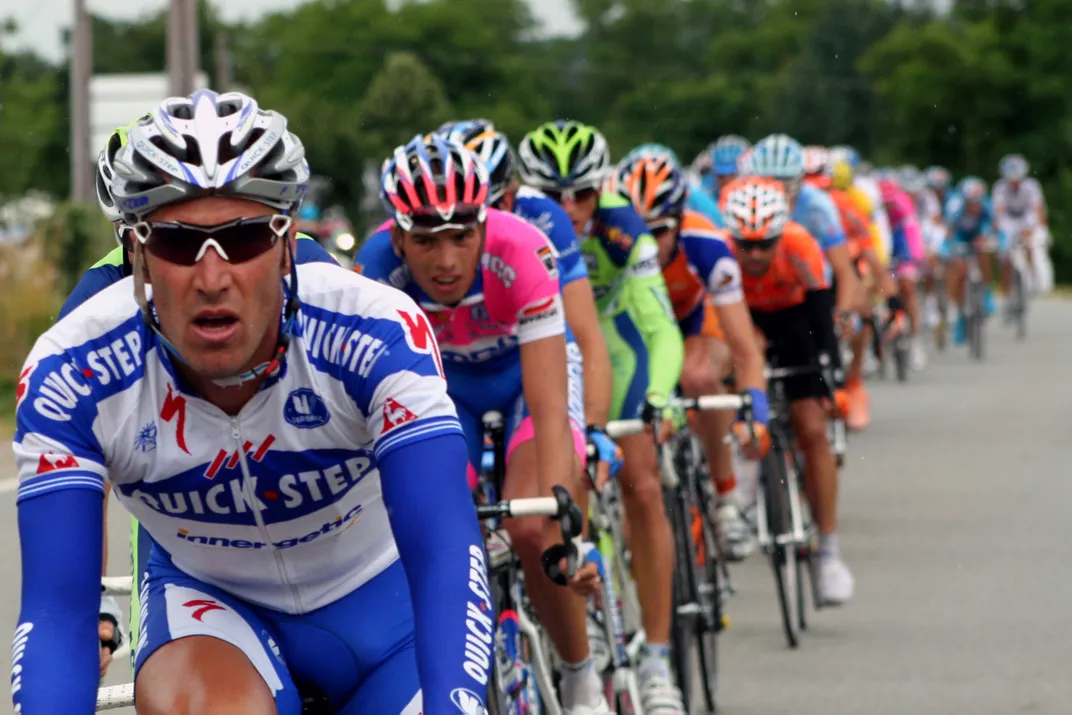
/origin-imgresizer.eurosport.com/2022/06/27/3399674-69473648-2560-1440.jpg)
